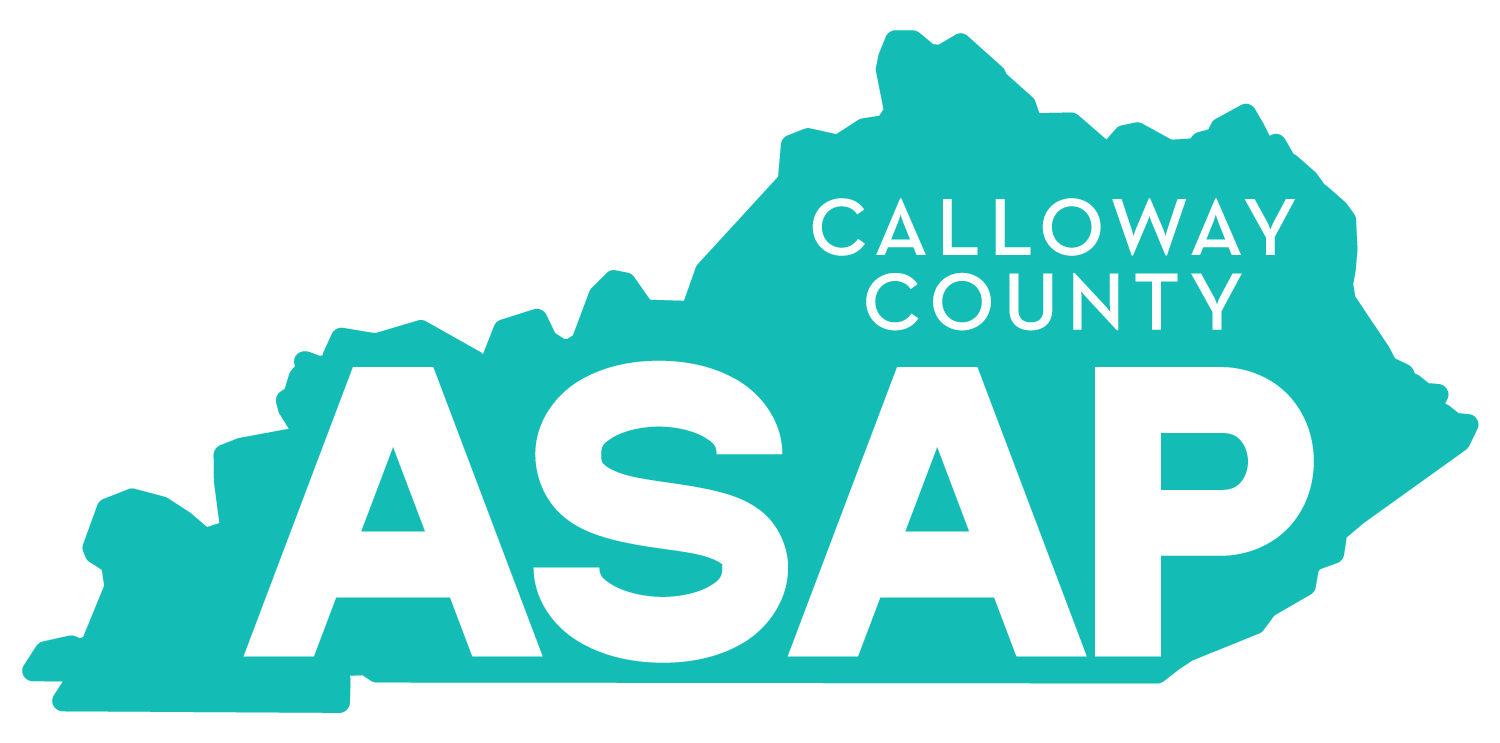Resources
Find Out the Answers to all Your Questions
CCASAP offers a variety of local, regional and national resources for substance abuse education, counseling and youth support. Learn more about common substances by clicking the links below.
Alcohol
Alcohol is a depressant derived from the natural fermentation of fruits, vegetables and grains. These are brewed and distilled into a wide range of beverages with various alcohol contents.
Crack and Cocaine
Powder cocaine is a hydrochloride salt derived from the processed leaves of the coca plant. "Crack" is a type of processed cocaine that is formed into a rock-like crystal.
Ecstasy
Ecstasy's medical name is MDMA (methylenedioxy-methamphetamine). It is a synthetic, mind-altering drug that acts both as a stimulant and a hallucinogenic. Research shows that many Ecstasy tablets contain a number of other drugs that can be dangerous when combined, including methamphetamine, ketamine, cocaine, DXM and the diet drug ephedrine.
GHB
GHB, or Gamma-hydroxybutyrate, is a depressant that affects the central nervous system. It first became popular as a club drug at all-night dance parties and raves. Sometimes people combine GHB with other drugs, like Ecstasy or alcohol, which can make it lethal.
Hallucinogens
Hallucinogens work by disrupting how your nerve cells and the neurotransmitter serotonin interact throughout the brain and spinal cord. By changing the normal, healthy structure of serotonin in the body, hallucinogens twist and alter the way your brain processes your senses, feelings and visual information. When you are unable to get a grip on reality, normal events and situations can take on an unreal and frightening quality.
Heroin
Heroin is an opiate and a highly addictive drug. It's produced from morphine, a naturally occurring substance that comes from the seedpod of the Asian poppy plant. People abuse heroin by injecting, snorting or smoking it. All three ways can cause the same level of addiction, as well as serious health problems.
Inhalants
Inhalants are highly toxic substances that produce dangerous chemical vapors. When inhaled, these chemicals can cause damaging, mind-altering effects and sudden death. The three main types of inhalants are: solvents, gases and nitrates. Inhalants can be found in a range of products, like paint thinners, glues, cleaning products, gases, lighter fluids and aerosol sprays.
Marijuana
A green and brown mix of dried flowers, stems, seeds and leaves from the hemp plant Cannabis sativa. The main active chemical is THC (tretrahydrocannabinol), which moves quickly through the bloodstream to the brain and other organs throughout the body.39 Marijuana is a mild hallucinogen that can also act as a depressant or a stimulant.
Methamphetamine
Meth, or methamphetamine, is a powerfully addictive stimulant that is both long-lasting and toxic to the brain. Its chemistry is similar to speed (amphetamine), but meth has far more dangerous effects on the body's central nervous system.
Rohypnol
Rohypnol is a central nervous system (CNS) depressant medication that is not approved or available for medical use in the United States. In this country, it is illegally abused for sedative and muscle-relaxant effects. Because of these effects, it has been associated with sexual assaults and is known as the "date-rape drug."
Smoking
Nicotine is the main drug in all forms of tobacco. Nicotine acts as both a stimulant and a sedative. It is one of the most heavily used addictive drugs in the U.S.
Steroids
Steroids are a class of drugs used to treat a wide variety of medical conditions. Estrogen and cortisone are some of the hormones steroids can replicate. Anabolic steroids are designed to imitate the hormone testosterone. Anabolic steroids are designed for medical use only, and to treat conditions like hypogonadism, delayed puberty and impotence. Anabolic steroids have a high potential for abuse, and only a very small number are approved for human and animal use in the U.S.

